Keep your head in the game to stay out of trouble and be safe.
No matter where you live or where you go, there are potential dangers. Some are obvious, some are hidden; but unless you’re actively assessing the situation, none will be found until it’s too late.
Many people concentrate on predators, both human and animal, but fail to spot the other pitfalls to which they could fall victim. The point of this article is to discuss and point out many of the things you need to be aware of.
Dangers Around Us
Some of these potential hazards include predatory threats. However, far more often, these dangers have nothing to do with predation.
How many people die or are severely injured by stepping into old wells or cellar holes in the woods? How many people have been swept away from the unstable banks of swollen rivers or have fallen through unsafe ice? Even ice falling from a building’s roof can prove fatal. Being fully aware of your situation and the potential dangers of the area you’re in will keep many of these things from happening to you.

Man-Made
The term, “wilderness,” is really a misnomer. Virtually nowhere in the United States has been left untouched by humans. We’ve altered everything we’ve touched in one way or another, so the concept of a “wild” area is almost outdated.
Where I live (New Hampshire), you usually don’t have to travel too far into the forest before you start finding the remnants of past human habitation: Stone walls, the remains of early farming settlements and the like crisscross the landscape everywhere.
Why is this important to note? Where there are stone walls, there are probably old wells and cellar holes covered by scores or hundreds of years of debris and brush—unseen and very dangerous.

Many hikers and hunters have fallen victim to these hidden traps because they didn’t take note of the clues. They’re so focused on their goal that they fail to be aware of the entire situation around them. Even the best of us can, and have, become victims of some of these “traps.”
For instance, while I was fully aware that I was hunting in an old, overgrown farmstead and watching for depressions in the undergrowth that would indicate a well or cellar hole, I got hung up on a mysterious strand of barbed wire that was strung low between two trees. No real damage was done, but it shows that the danger is there and not always easily discovered before encountering it.
When I travel to densely populated urban areas (Boston is about 50 miles south of where I live), my awareness levels are heightened. Yes, there are threats from people with bad intent, but I’m much more concerned with other things, such as being run over by cars and trucks, falling into an open manhole, as well as hypodermic needles, broken glass and ice or other debris falling from rooftops. I watch where I walk, and my eyes are constantly scanning the area.
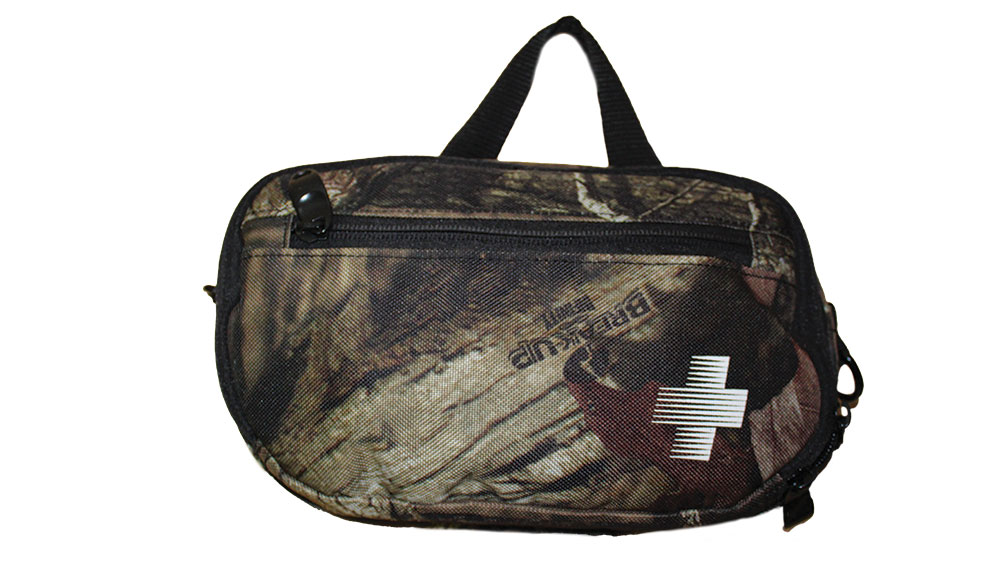
About 20 years ago, I visited Washington, D.C., with my wife and daughter. While there, my wife wanted to go to an event in Baltimore. I didn’t have a good feeling about this, but we went anyway.
When we got off the Metro in Baltimore, I noticed that everyone was walking with a purpose to get out of the area; and instantly, my senses heightened. My wife didn’t notice what I did. I quickly assessed the situation and noticed a few “shady” individuals lurking near the walkway. I explained what I saw to my wife, we canceled our plans and took the next train back to Washington. Would something have happened? I don’t know, but why take a chance? Situations change; be prepared to change with them.
Nature
When people get out into the natural world, they seem to focus strictly on the most visible—or the most discussed—possible threats: large predators. While you should always be aware of these possible dangers, people are more likely to be severely stung by wasps and hornets or bitten by a snake than they are to be attacked by a bear.
Wasps and Hornets. Most people will never find a bear or a mountain lion in their backyard, but all of us, whether we live in a rural or an urban setting, will face wasps and hornets sooner or later. According to the Centers for Disease Control and Prevention (CDC), the United States averages 62 deaths per year from hornet, wasp and bee stings. (Another statistic I found interesting was that about 80 percent of those deaths were among males.)
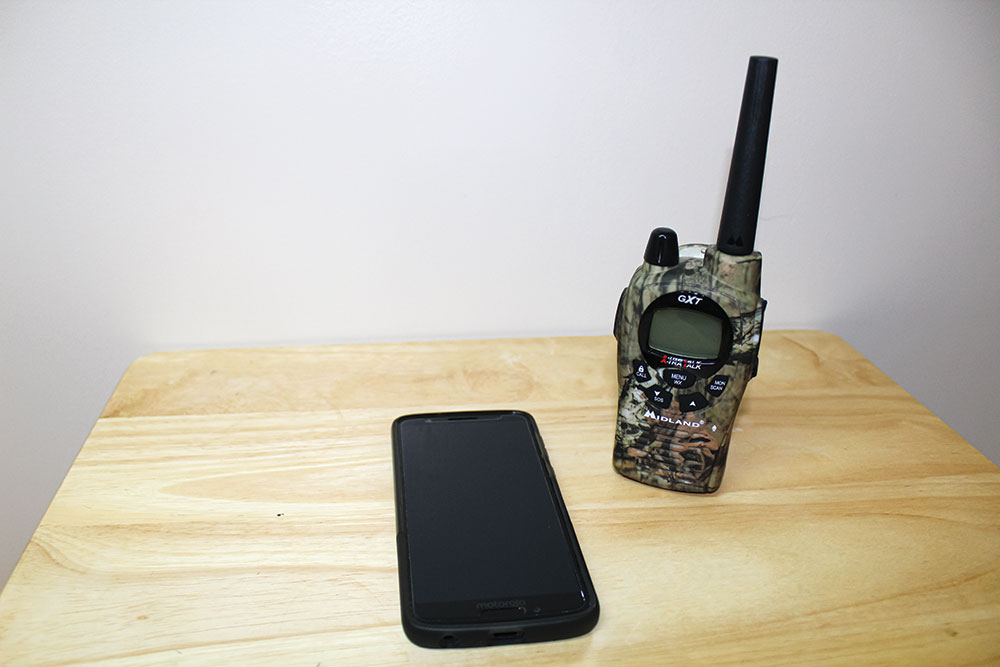
Most bees, except for the Africanized honeybee, are not aggressive unless you disturb their hive. However, the same can’t be said about wasps and hornets. The trick is to locate the nest and eliminate it. Unlike bees, which travel great distances to gather pollen, wasps and hornets are either flying from a nearby nest or searching for a place to build one. Watch where they go, and you’ll likely find the nest. People who don’t pay attention open themselves to getting stung.
While in Arizona, I dropped my guard. I was in Sedona with friends to hike in the hills. I was prepared for snakes, but I hadn’t even thought about bees … and that’s where I went wrong.
As we hiked into a canyon, I looked up, and there, under a rock overhang, was a huge bee nest. While we never approached the nest, the bees were extremely upset by our presence. Back at the top of the trail, I kicked myself for dropping the ball. I didn’t take all possible situations into account. Don’t make the same mistake.
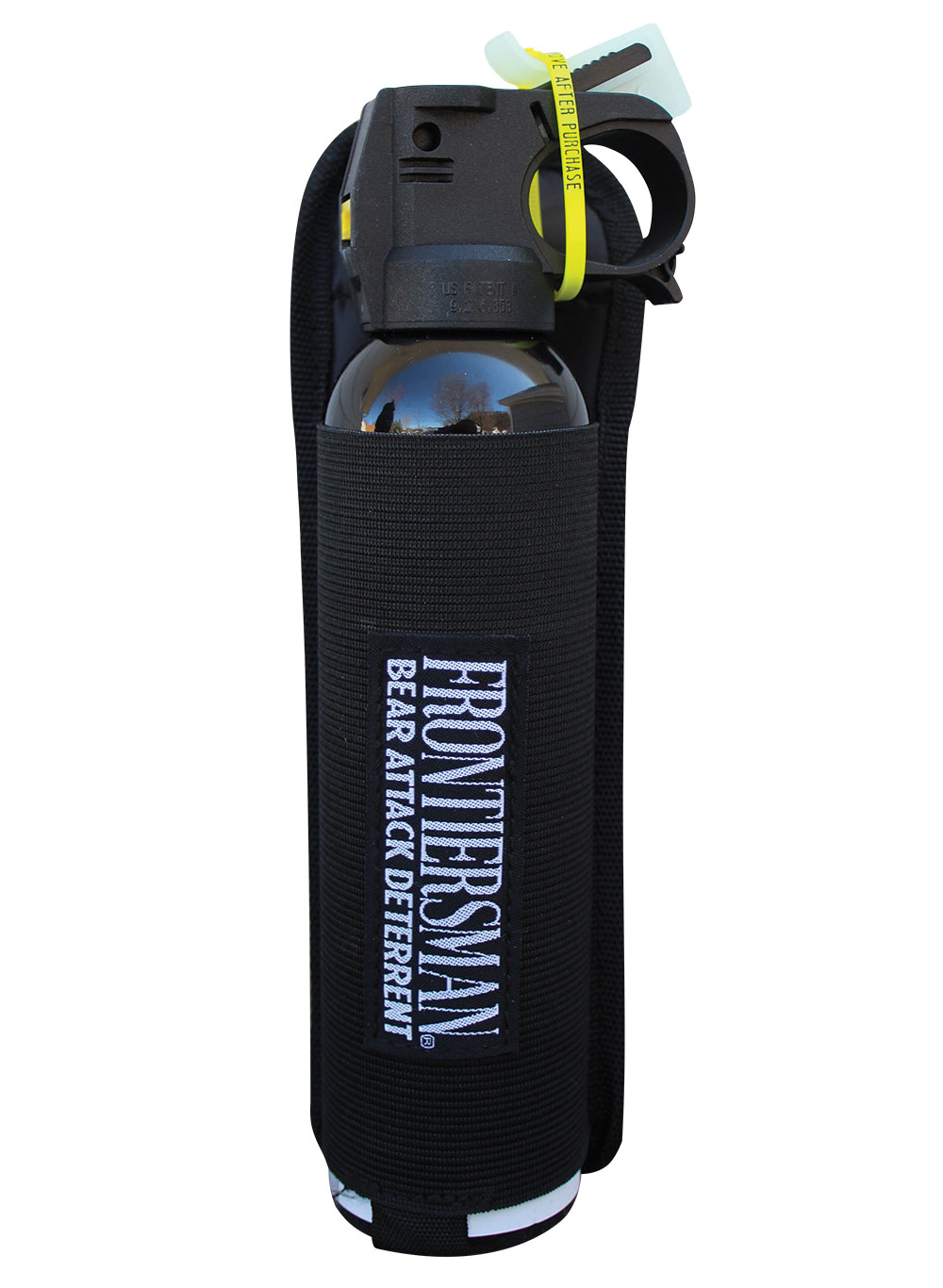
Snakes. Venomous snakes are found throughout the United States except Alaska. While New Hampshire only has timber rattlesnakes (and they are endangered), my travels often take me to places where venomous snakes are very common. Wherever I travel, I need to be aware of the potential dangers and do whatever I can to avoid them.
The CDC estimates that each year, 7,000 to 8,000 people are bitten by venomous snakes, and about five of those people die. That number would be much higher without the availability of good medical care … but I still don’t want to be one of them.
Snake bites can happen anywhere. Snakes normally bite when they’re startled or feel threatened. If they can escape, they will.
In the wild, snakes have space to escape, but what about those snakes curled up in the woodpile near your home? How about under your stairs or in your shrubs? If you are in “venomous snake territory,” use extreme caution before you reach your hands into any area you can’t see clearly.
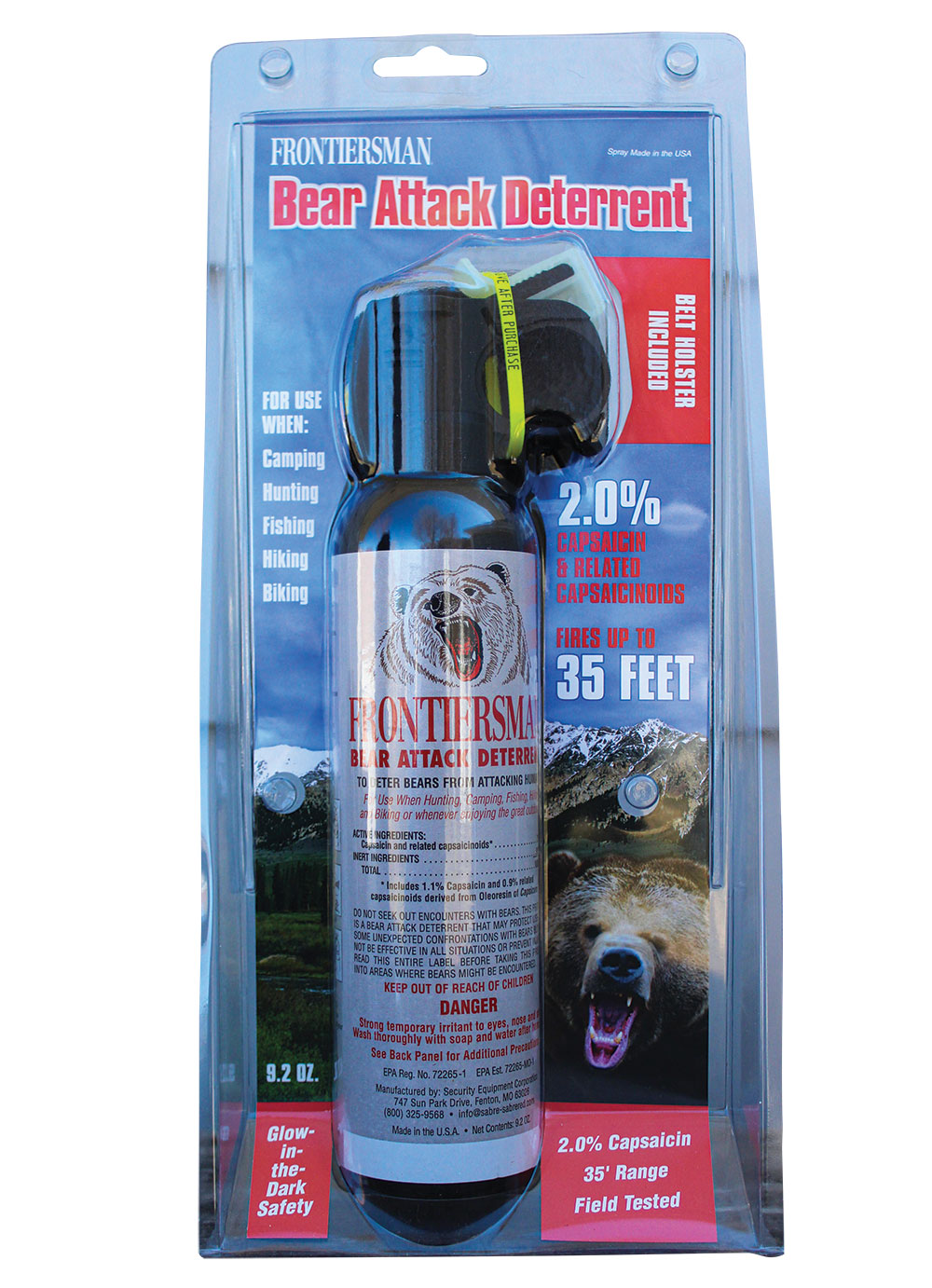
Other Natural Dangers
Animals aren’t the only natural dangers you need to be aware of. Swollen streams, thin ice, broken limbs dangling high overhead and potentially severe weather are all situations you need to keep in mind.
Swollen Streams. Each year, April 1 is the opening day of trout season in most of the Northeast. Anglers who’ve spent the better part of six months cooped up are half crazy as they rush to any body of water that’s free of ice.
Here lies the problem: Streams, brooks and rivers are usually swollen with snowmelt and spring rains, and the water’s extremely cold. It’s also usually high and moving fast, and the banks are soft and weakened. When all these factors come together, a very dangerous situation can result.
If you fall in, even with a personal flotation device (PFD), your chances of escaping without injury—or even surviving—are slim. Hypothermia can set in within a matter of minutes. You need to get out and get warm quickly if you hope to survive with all your fingers and toes. (Is catching a trout really worth all this?)
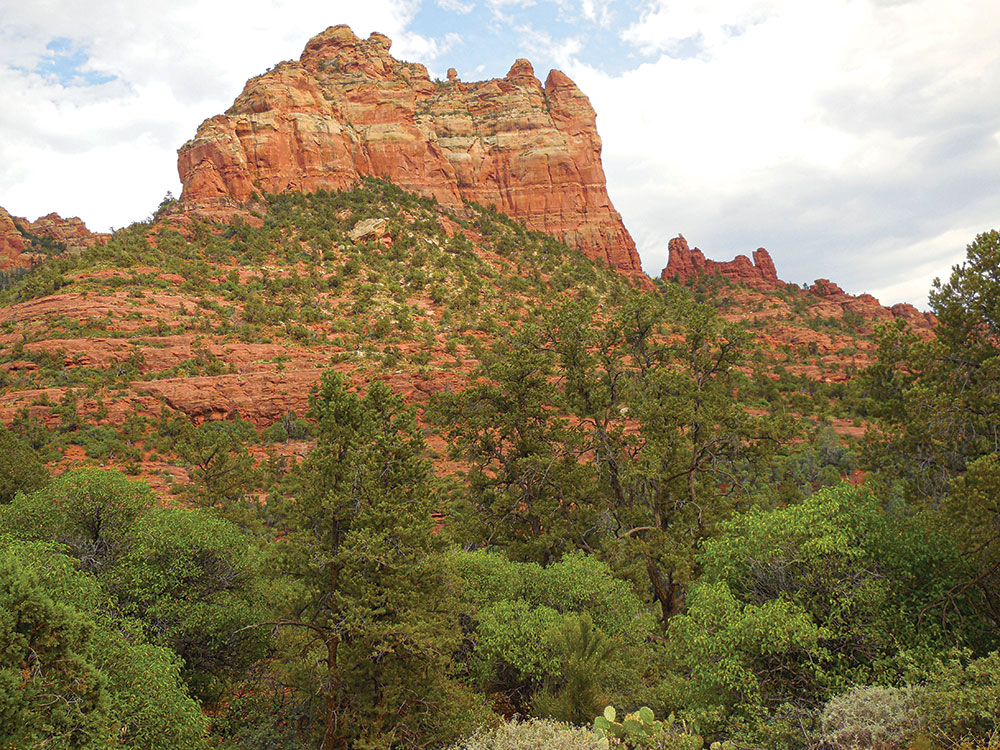
“Widow-Makers.” As you walk in the woods, a city park or anywhere there are tall trees, look up. There’s a danger lurking in the treetops known as a “widow-maker” that can take you out in an instant. Widow-makers are dead tree branches (or even an entire tree) that have broken free, possibly due to a storm, and are hung up and waiting for just the right moment to fall. Stay far away from these branches if at all possible, because the slightest breeze can bring them down.
Even a relatively small tree limb can prove fatal when it falls from a great height. If you’ve ever noticed branches sticking up out of the forest floor, these are widow-makers that have already fallen.
This is a dangerous situation that can present itself at any time. While in the woods, my eyes are constantly moving, because I never know when I’ll face such a threat.
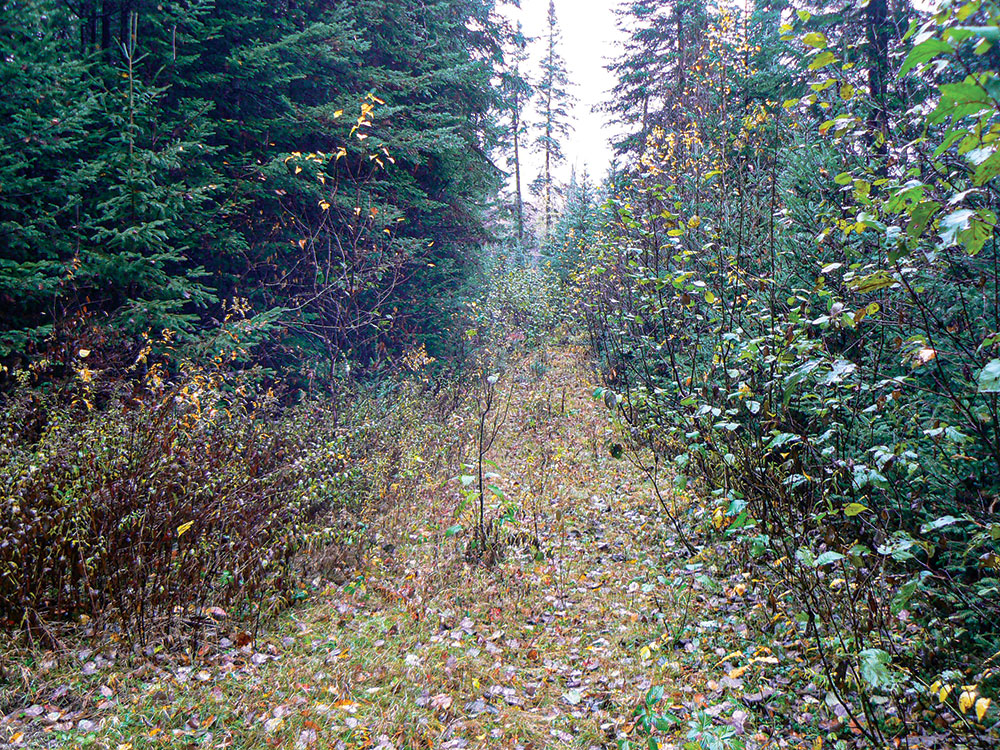
Weather. Weather is a big, yet often overlooked, factor. A sudden change in the weather can turn a fine day into a life-threatening situation. Before venturing anywhere, know what type of weather conditions you’re likely to encounter. Realize that even a few feet in elevation can make a big difference in the weather.
Every year, hikers are rescued off mountains because they weren’t prepared for changing weather conditions. For instance, it could be 80 degrees (F) at the base of a mountain, but at the top, it could be just 30 degrees—with high winds and whiteout conditions. If you’re only wearing shorts and sneakers, you could quickly become a statistic.
Common Sense and Vigilance
There’s no trick to having good situational awareness. All it really takes is the use of common sense and constant vigilance.
Simply stated: Don’t put yourself in a dangerous situation; and be observant of everything going on around you.
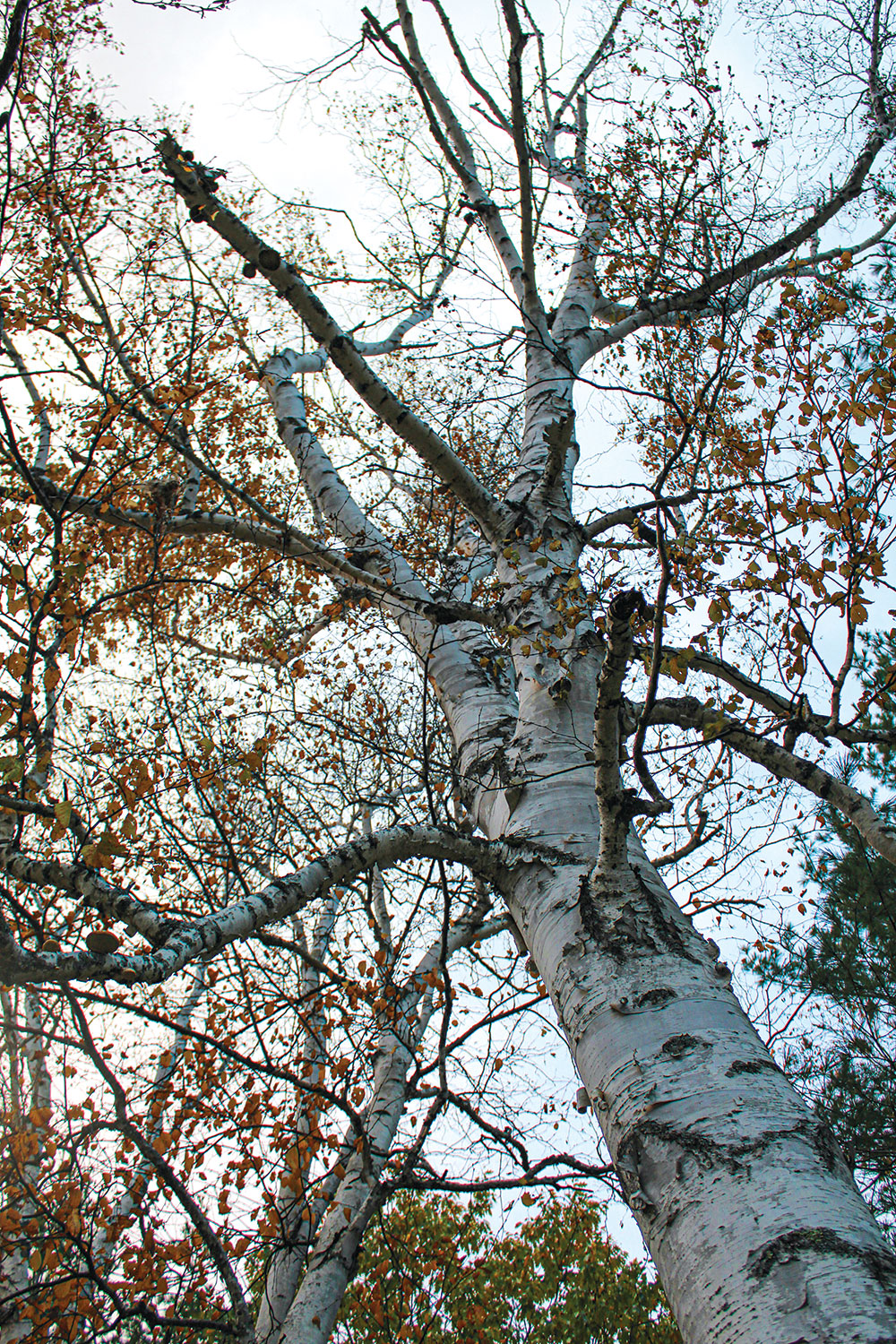
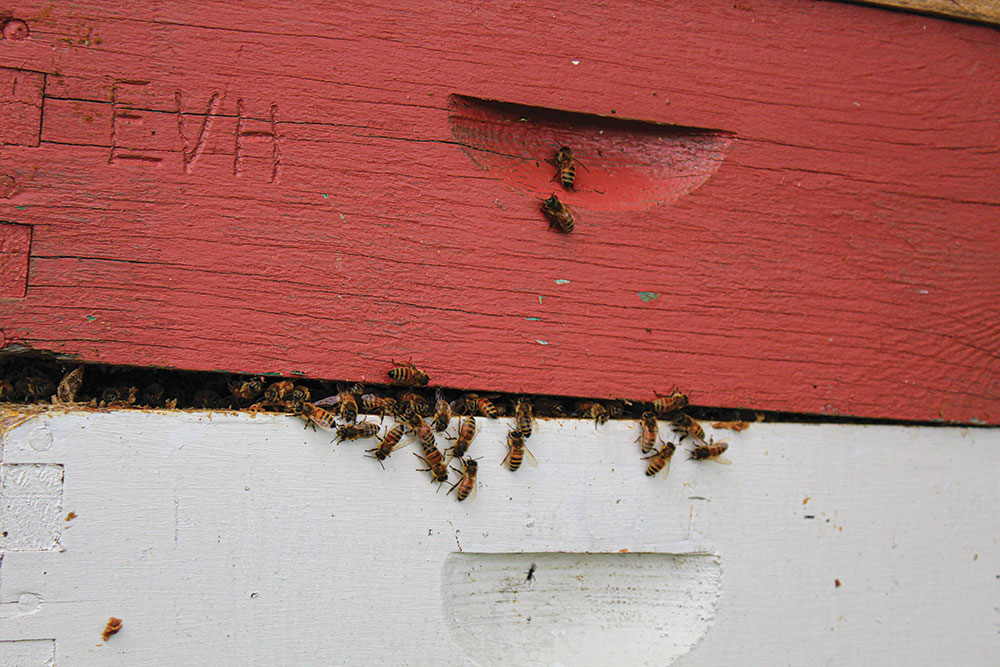
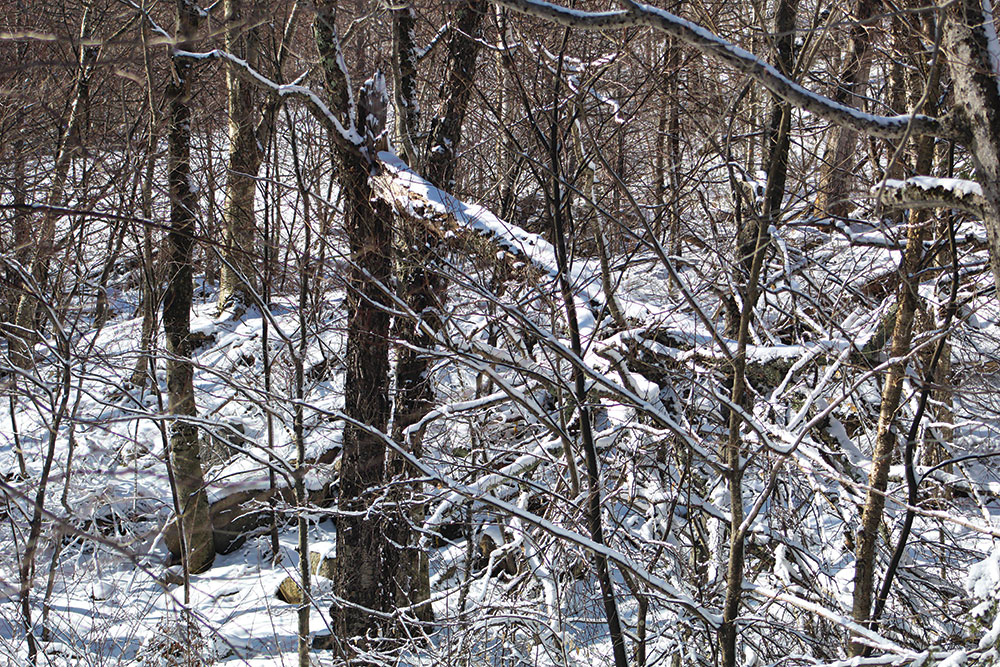
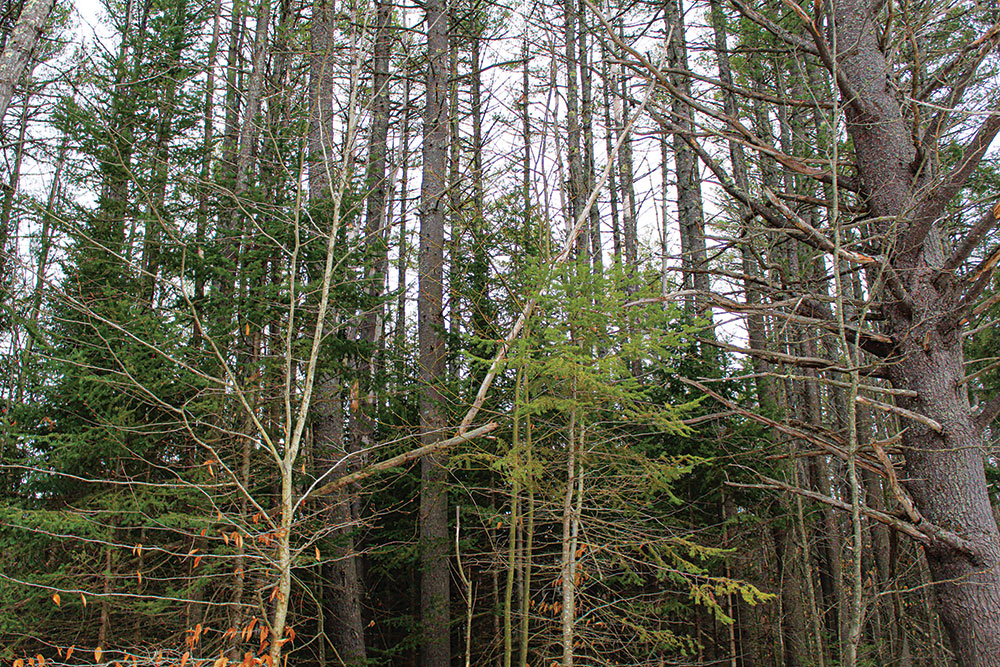
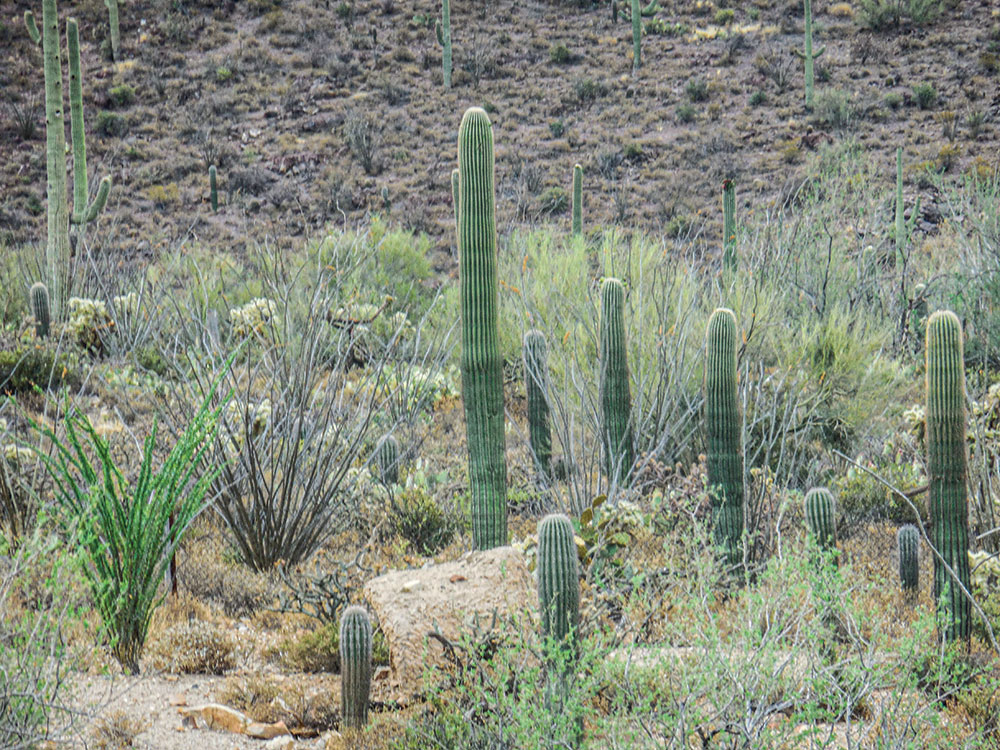
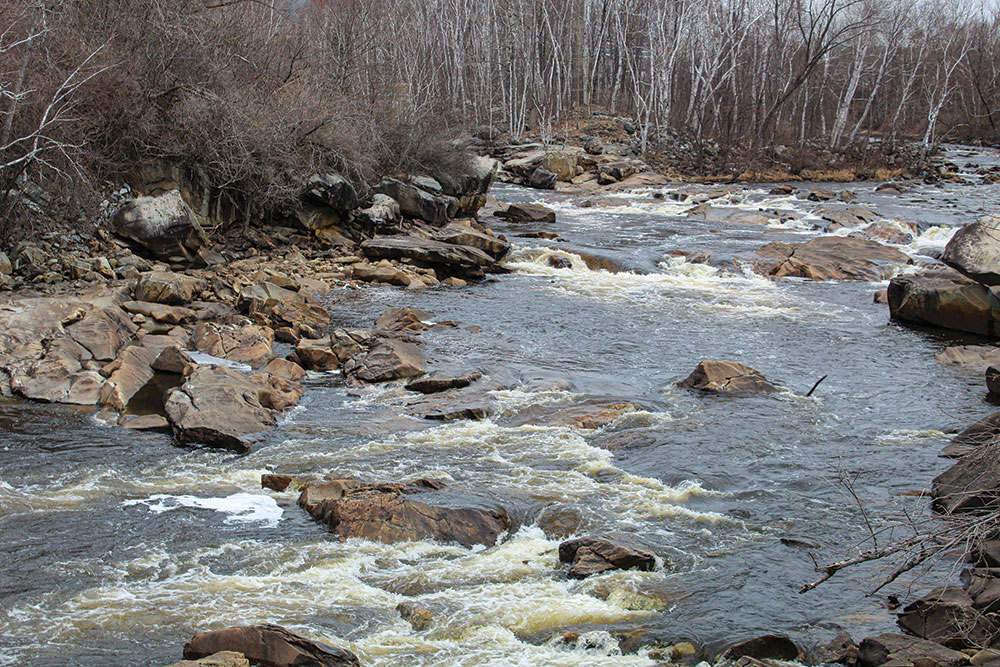
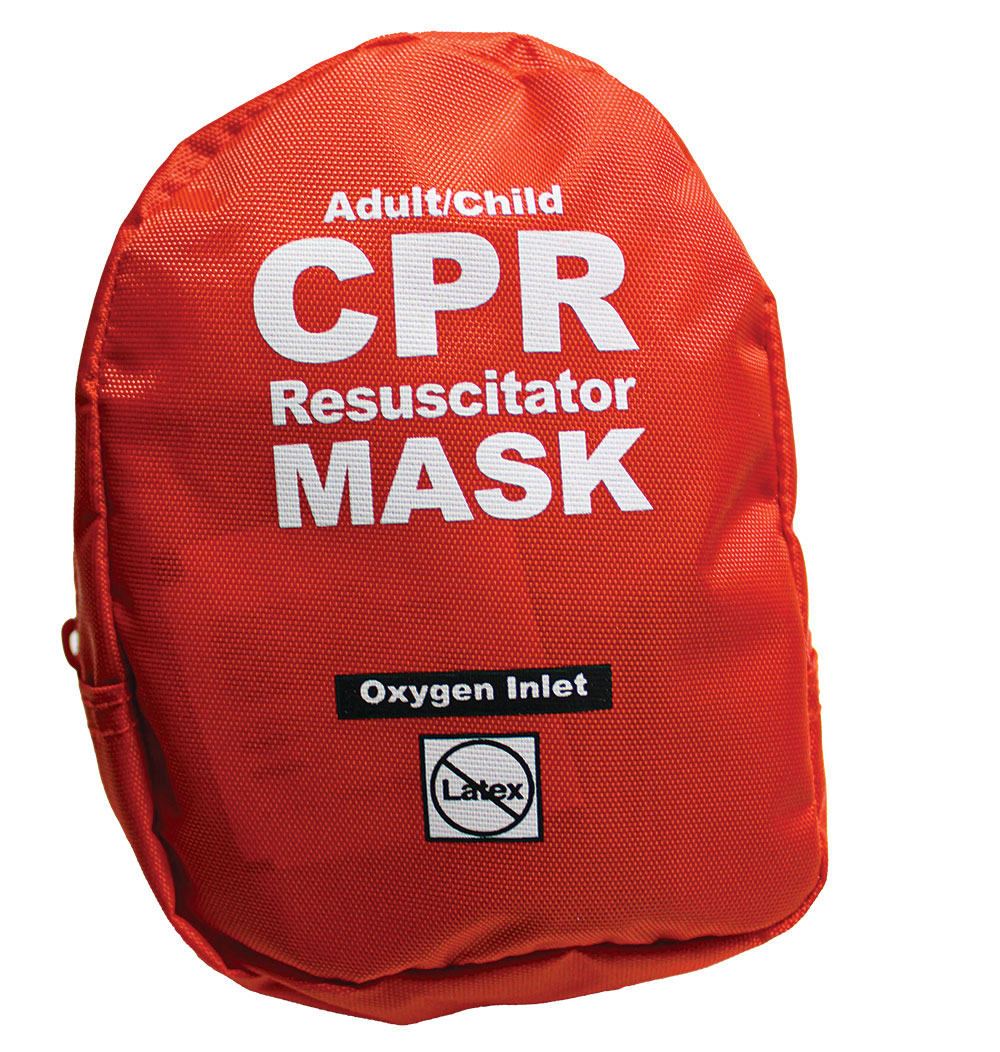
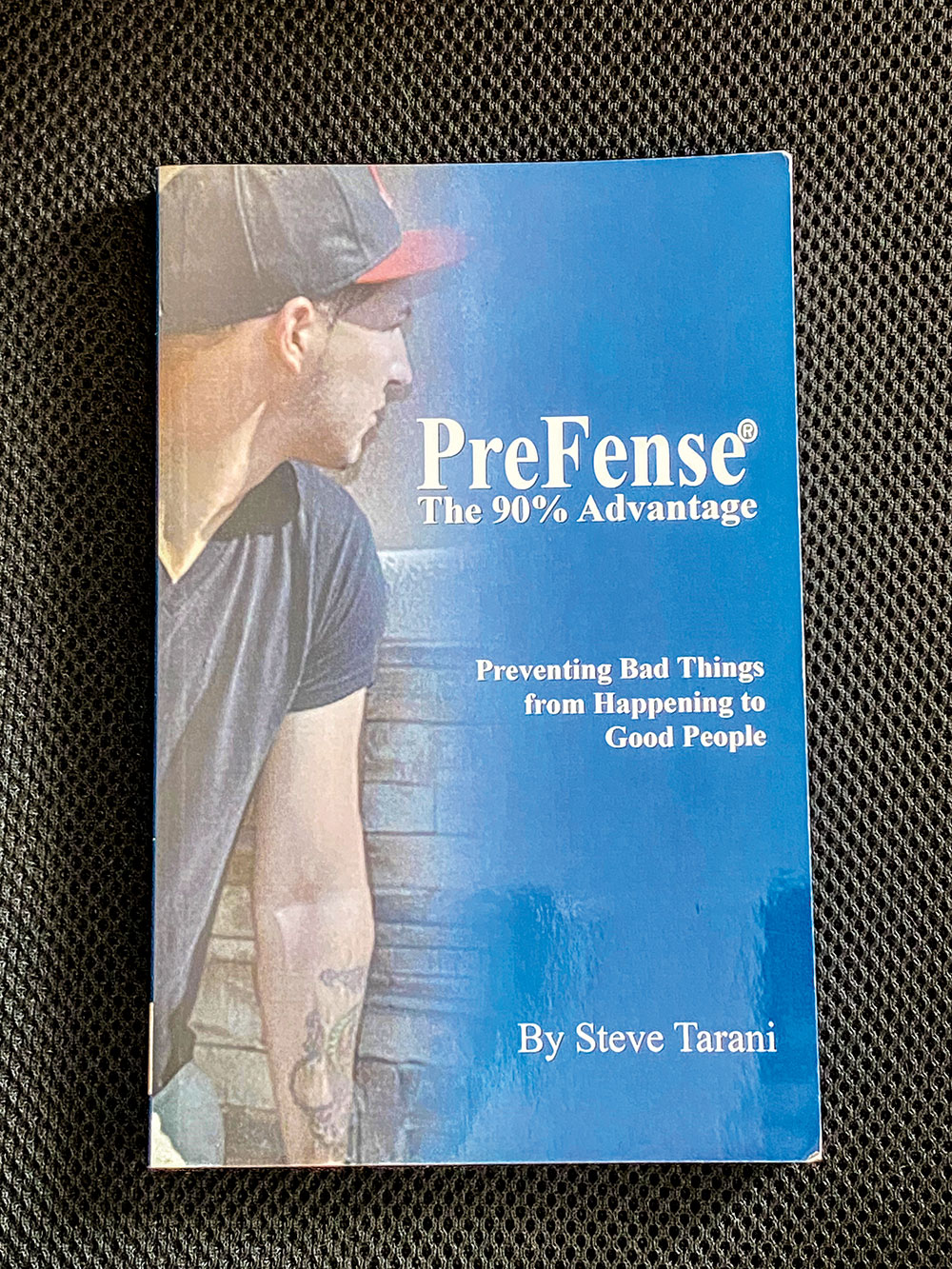
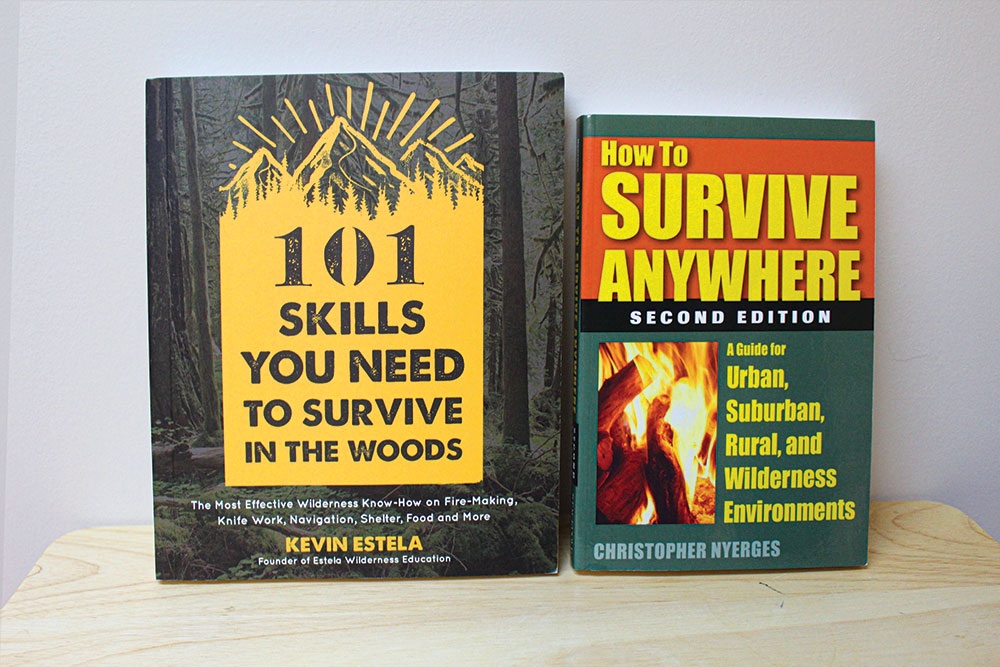
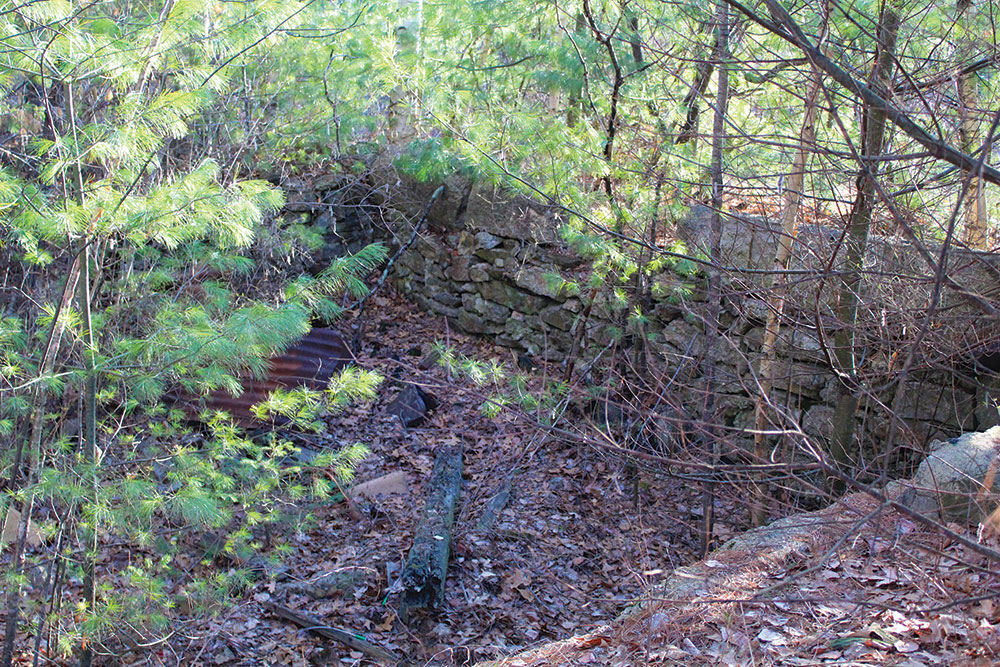
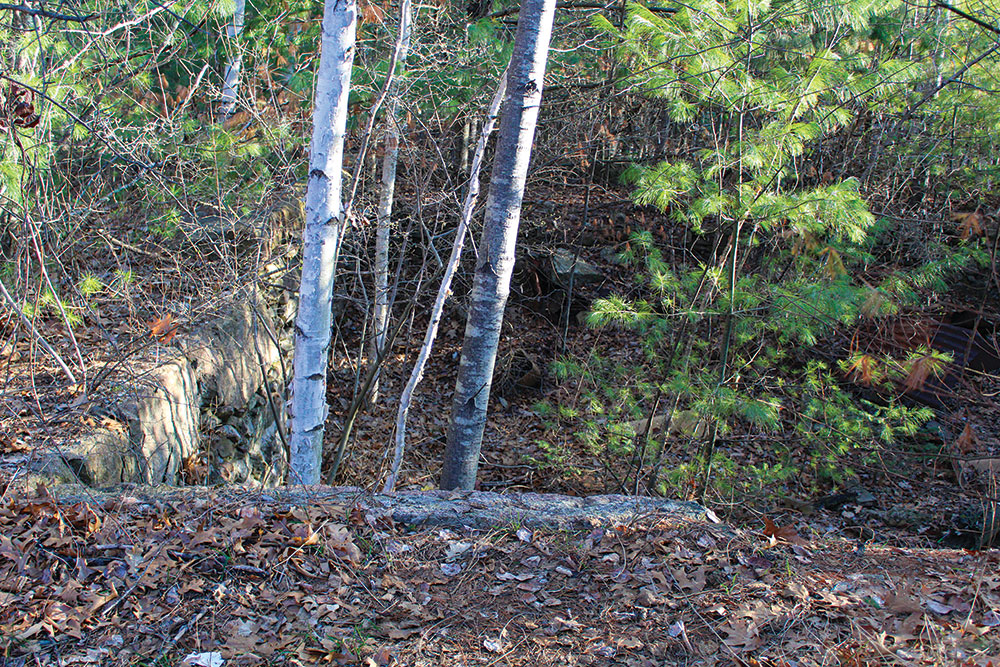
A version of this article first appeared in the September 2021 print issue of American Outdoor Guide.

